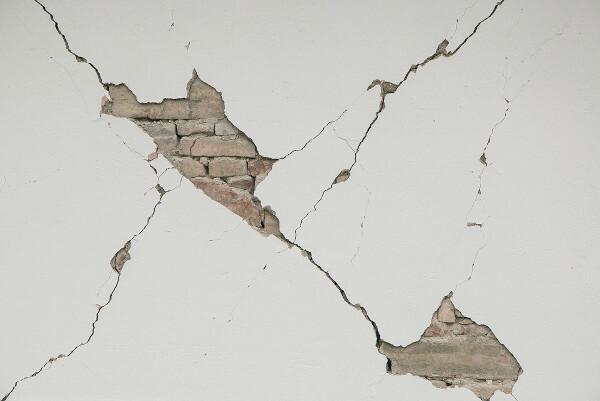Due to the constant population increase that occurred in Brazil, mainly from the 1960s onwards, intensifying in the last decades, the country currently ranks fifth among the most populous countries on the planet, trailing only China, India, the United States and Indonesia. According to data from the 2010 Demographic Census, carried out by the Brazilian Institute of Geography and Statistics (IBGE), the Brazilian population reached the mark of 190,755,799 inhabitants.
O population growth of a given territory occurs through two factors: migration and vegetative growth, the latter being the relationship between birth rates and death rates. When the birth rate is higher than the mortality rate, there is a positive vegetative growth; otherwise, growth is negative; and when the two rates are equivalent, vegetative growth is nil.
In Brazil, vegetative growth is the main responsible for the population increase, since migratory flows occurred more intensely between 1800 and 1950. During this period, the Brazilian population totaled 51,944,397 inhabitants, far from the current 190,755,799.

Table obtained from IBGE information.
In the last 50 years there was a demographic explosion in Brazilian territory, the country had an increase of approximately 130 million people. In the short period from 1991 to 2005, the Brazilian population grew close to 38 million individuals. However, following a global trend, Brazilian population growth has been suffering reductions in recent years. Population will continue to increase, but growth percentages are plummeting.
Urbanization, the drop in women's fertility, family planning, the use of prevention methods. pregnancy, the ideological shift of the population are all factors that contribute to reduced growth. populational.
Do not stop now... There's more after the advertising ;)
In the 1960s, Brazilian women had an average of 6.3 children, currently this average is 2.3 children, which is below the world average, which is 2.6.
According to estimates by the Brazilian Institute of Geography and Statistics (IBGE), in 2050, the Brazilian population will be approximately 259.8 million people, in that same year the vegetative growth rate will be 0.24, very different from the 1950s, which presented a positive vegetative growth rate of 2.40%.
Despite this sharp drop in vegetative growth, the Brazilian population will not reduce quickly, as life expectancy is increasing, in due to the development of new medicinal technologies, in addition to care and concern for health, which did not occur so often in the decades above. It will, yes, the aging of the population.
By Wagner de Cerqueira and Francisco
Graduated in Geography
Would you like to reference this text in a school or academic work? Look:
FRANCISCO, Wagner de Cerqueira e. "Growth of the Brazilian population"; Brazil School. Available in: https://brasilescola.uol.com.br/brasil/o-crescimento-da-populacao-brasileira.htm. Accessed on June 27, 2021.

